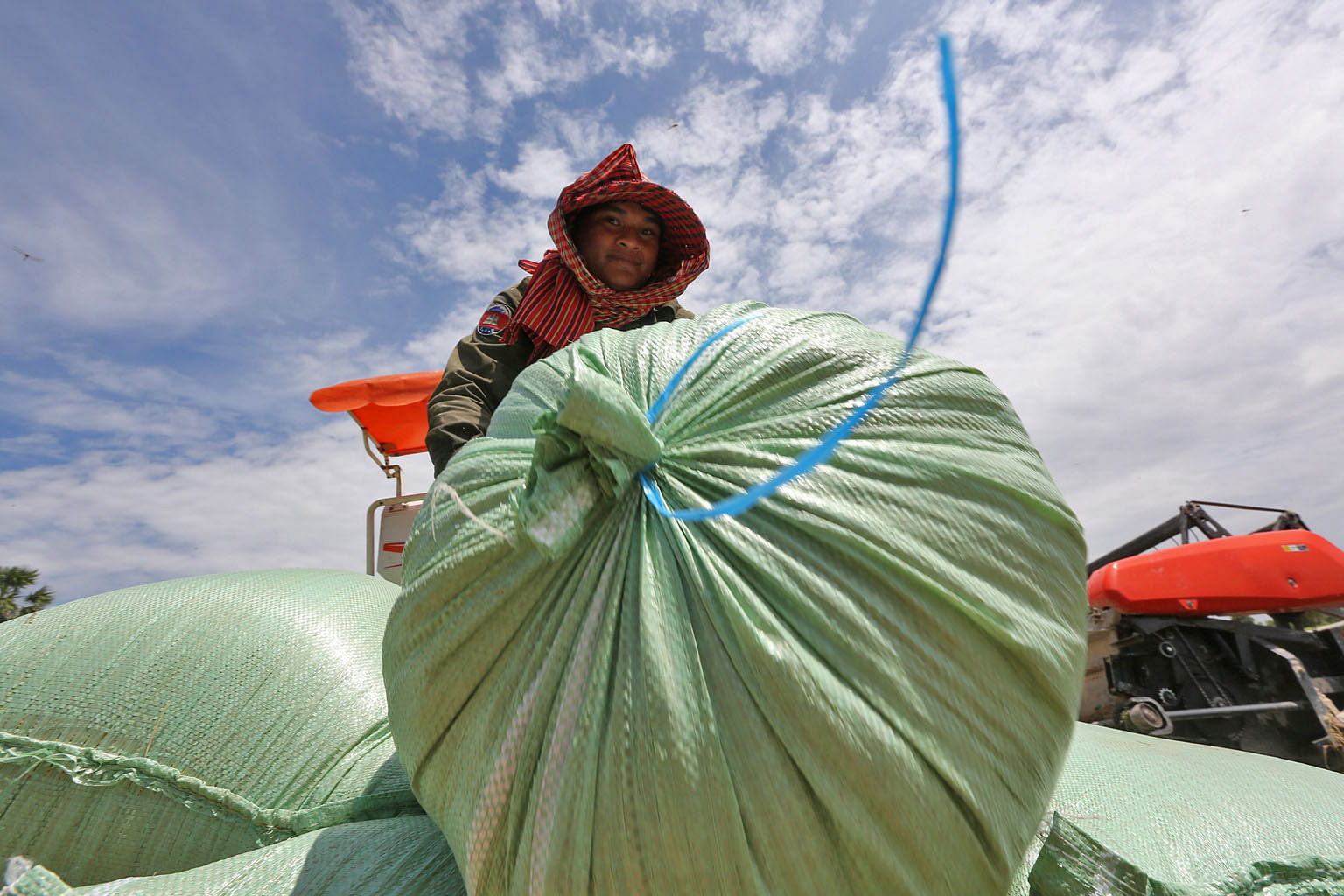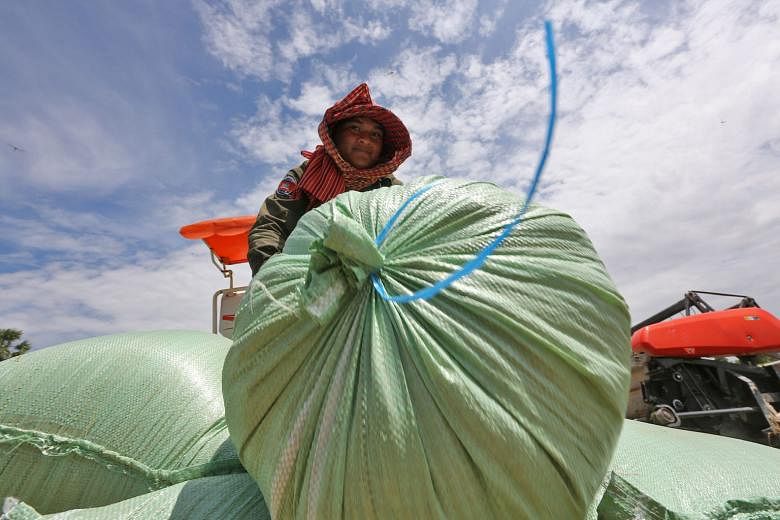Trade facilitation, which streamlines, simplifies and harmonises trade procedures across countries, is a key determinant for efficiency in Asean international trade. In the last decade, as Asean countries eliminate or reduce trade tariffs under the World Trade Organisation (WTO) and the Asean Trade in Goods Agreement (Atiga), international trade has expanded.
Asean's total trade has gone up by 5.8 per cent on average during 2006-2015, compared to the rise in global trade by 3.5 per cent. Intensity of movement of goods across borders has also increased in response to rising globalisation and the emerging business practice of slicing the production process across multiple countries.
The Asian Development Bank estimates higher intra-Asean trade intensity of 3.5 compared to 1.9 for the European Union in 2013-2015.
Last year, a study by the Organisation for Economic Cooperation and Development (OECD) found that Asean countries can reduce trade costs by 17 per cent on average. The greatest benefits for the grouping as a whole are in the areas of streamlining of procedures, automation, simplification and harmonisation of trade documents, information availability, advance rulings, and fees and charges.
Asean countries have several commitments in order to facilitate trade in the region. These include Customs modernisation, adoption of international best practices for uniform tariff classification, Customs valuation and origin determination, enhancement of Customs efficiency, and the setting up of the Asean Trade Facilitation Repository and Asean Single Window. The last two components follow on from the National Trade Repository - a one-stop online system to provide information on trade laws and procedures - and the National Single Window, which allows for single submission of data, synchronous processing of data and single decision-making for Customs clearance of cargo.

To deliver on its promises and to encourage intra-regional trade, the 28th Asean Summit held earlier this month advanced Asean's trade facilitation agenda by launching two key initiatives. These were:
- The Asean Tariff Finder (ATF), an online search engine for tariff-related information for Atiga and Asean+1 free trade agreements (FTAs) with China, Australia-New Zealand, India, Japan and South Korea; and
- The Asean Solutions for Investment, Services and Trade (Assist), an online trade facilitation tool which promises to deliver practical solutions to Asean-based enterprises for specific intra-Asean cross-border trade problems. Both Web-based platforms can be accessed free of charge and are part of the Asean Trade Repository.
However, for now, both of these measures are piecemeal efforts. The ATF provides tariff information on all Asean-related FTAs, but not on how these can complement bilateral, and other regional and multilateral agreements. Assist is non-binding in nature, implying that Asean member states may decide not to accept a complaint, or to offer a solution. Currently, Assist is available for intra-Asean movement of goods, and not for trade in services and investment.
Asean's trade facilitation agenda also received a boost from two other documents adopted at the 28th summit. The Masterplan on Asean Connectivity (MPAC) 2025 embraces seamless logistics and regulatory excellence as two strategic areas, to enhance trade facilitation in the region.
An integrated logistics sector, covering road, rail, air and sea, is important to realise the potential of the Asean Economic Community. Currently, the logistics sector in Asean is not fully liberalised and the regional cross-border transport facilitation agreements have not been ratified and made operational by all Asean states.
Limited progress has been made in Asean under regulatory excellence, especially in standards harmonisation, mutual recognition and technical regulations. Weak institutions, lack of infrastructure and funding sources, inadequately skilled human resources and lack of coordination in implementation beset national economies. MPAC 2025's emphasis on the logistics sector and the harmonisation of regulations are expected to give a boost to regional economic integration.
Trade facilitation is also a key strategic area under the Initiative for Asean Integration (IAI) Work Plan III, which was initiated in 2000 to provide technical assistance to Cambodia, Laos, Myanmar and Vietnam, as they lacked the capacity to implement Asean commitments. The 2015 OECD study has highlighted that upon adoption of trade facilitation measures, these countries can reduce their trade costs by 18 to 20 per cent on average.
The IAI Work Plan III promises to support these countries with their National Single Window and National Trade Repository implementation, as well as improving governance and capacity in Customs, and standards and conformance.
At this point, Asean's trade facilitation agenda is far from complete. Implementing ATF, Assist and measures under MPAC 2025 and the IAI Work Plan III are only baby steps to undertaking national-level reforms. Still, in the long run, complying with these measures and others is not only going to enhance trade flows, but will also help Asean member states with their economic growth and development.
- The writer is a fellow and lead researcher (economic affairs) at the Asean Studies Centre of Iseas - Yusof Ishak Institute.


